1. Not Cloning, But DNA Reimagining
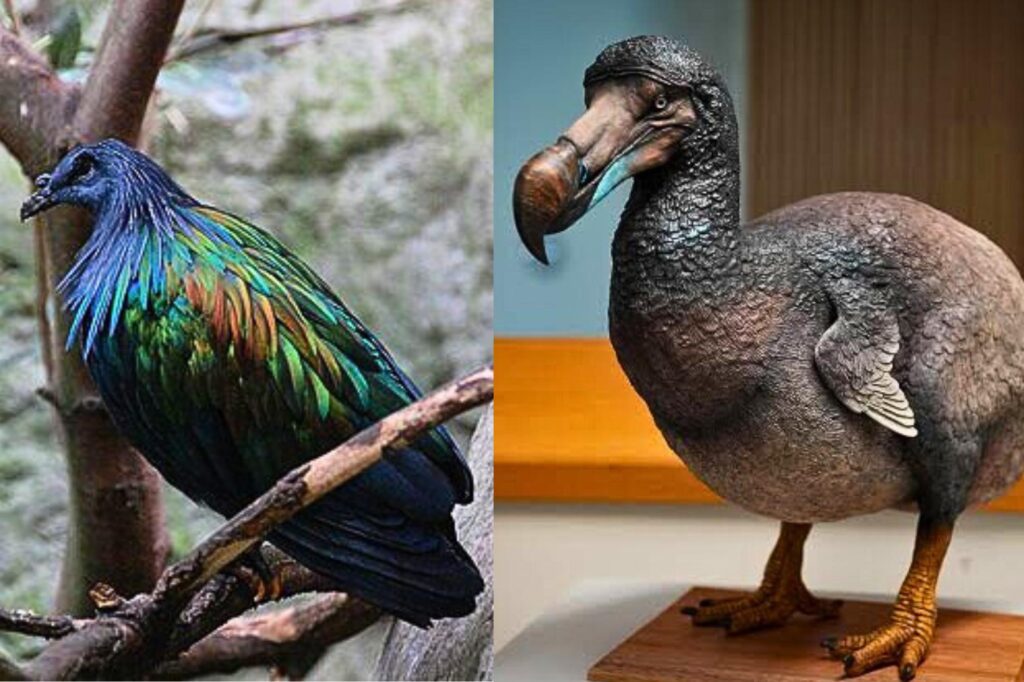
Imagine artists sketching a portrait of a long-gone friend; you’re not painting them again, but reinterpreting their likeness. That’s what scientists are doing with the dodo. Since we lack a complete dodo genome, researchers at Colossal Biosciences are editing Primordial germ cells. DNA from the Nicobar pigeon are being cultured and modified before being placed into surrogate chicken eggs, (its closest living relative) to insert dodo-like traits. This process involves predicting how specific genetic edits will influence feathers, size, behavior, using tools like CRISPR, computational models, and machine learning. If successful, the outcome might look and act like a dodo, but will carry significant genetic differences.
2. Creating a “Proxy,” Not the Real Thing
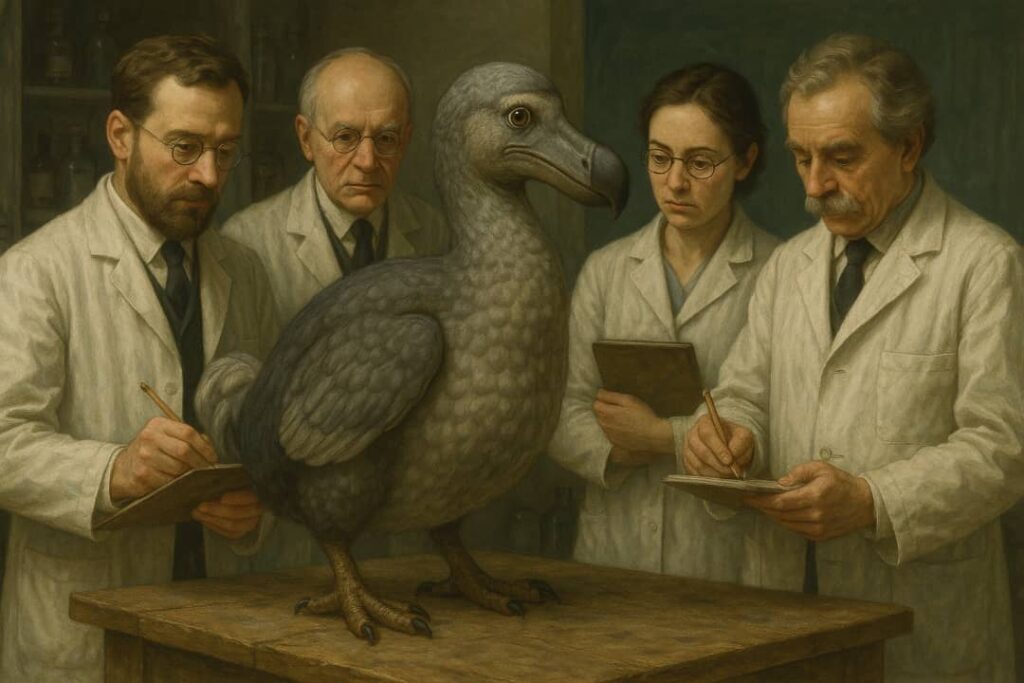
Think of this as crafting a carefully designed replica evocative and lifelike, yes, but not the original artifact. In de-extinction, the goal is a “proxy” dodo: a lab-made bird engineered to look and behave similarly, but fundamentally different in its DNA. This proxy won’t match the original dodo’s genome exactly. Instead, scientists hope it fills similar roles in ecosystems and sparks curiosity about biodiversity. That distinction matters because it ascribes both promise and limits. Proxies can teach us about evolutionary pathways and ecological relationships, but they also raise questions: are we reviving extinct species or creating novel hybrids?
3. A Decade Away or Closer?
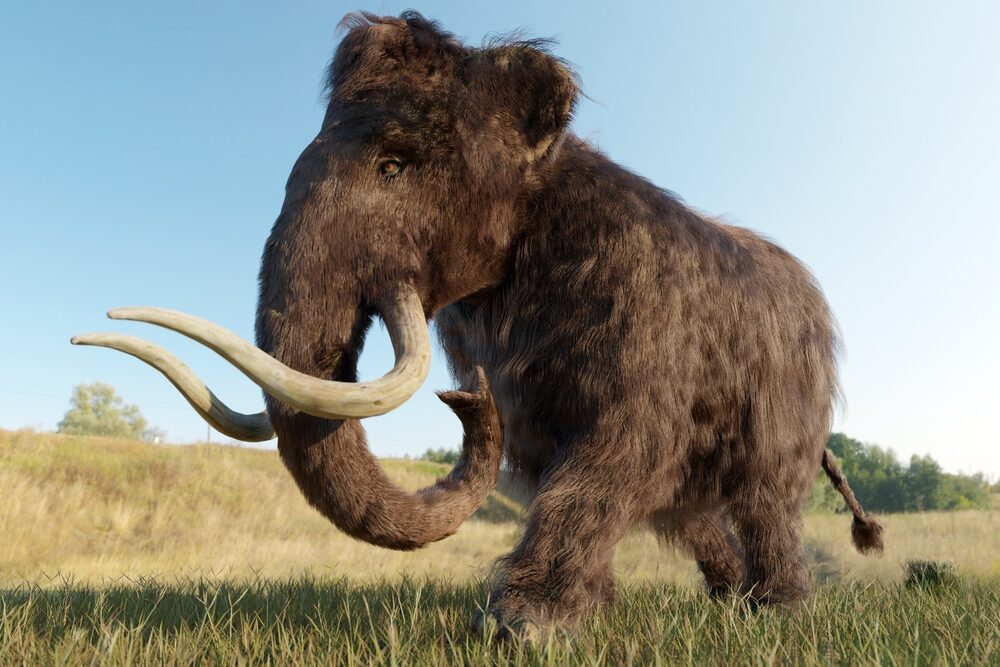
It sounds like science fiction, but Colossal claims that within ten years, or possibly sooner, a dodo-like bird could be walking again. After raising over $200 million in 2025, the company is racing ahead with de-extinction efforts including the dodo, woolly mammoth, and Tasmanian tiger. Industry watchers are surprised by the speed and ambition which once took decades in the lab is now targeting real-world release in a decade or less. Still, experts caution patience. Reconstructing ancient genomes is painstaking and unpredictable. While early steps like culturing pigeon germ cells are underway, challenges in embryo survival, behavioral normalcy, and ecological viability remain. As one scientist put it, building a missing-genome animal is “like solving a trillion-piece puzzle using a slightly different picture on the box,” illustrating the complexity and uncertainty.
4. Supporters See Ecosystem Restoration
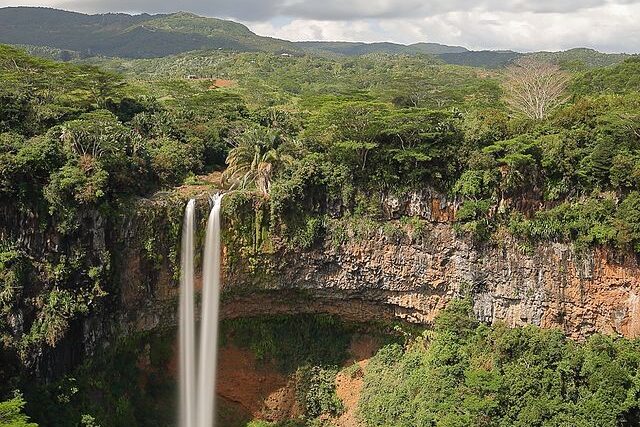
Enthusiasts argue that a proxy dodo could help heal ecological wounds. They say reintroducing the bird to Mauritius might restore seed dispersal networks and forest regeneration pathways disrupted since the 17th‑century extinction. It’s also a testbed for advanced genetic tech that could aid endangered species. Plus, public excitement around the dodo could boost awareness and funding for conservation causes. Beyond ecological repair, supporters view de-extinction as a gateway for scientific panache. Techniques refined like interspecies germline transfer or stem-cell culturing might one day help central conservation efforts, e.g. rescuing genetic diversity in rhinos or pigeons. And a charismatic revived species can highlight broader environmental crises helping conservation messaging reach hearts and wallets alike.
5. Critics Call It a Distracting Gimmick
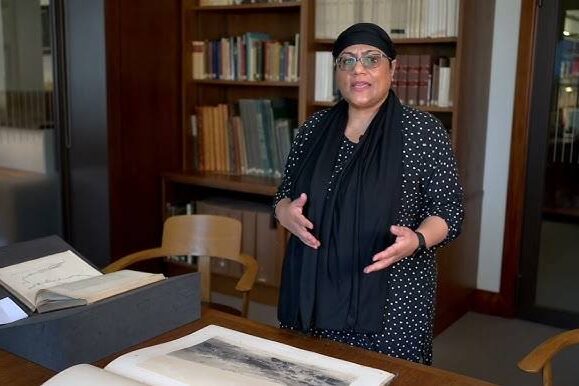
On the flip side, many conservationists worry the dodo revival is more spectacle than substance. They say pouring millions into engineered proxies diverts funds from species that urgently need protection now, from gorillas to coral reefs. Historian Sadiah Qureshi warns that de-extinction may echo colonial attitudes, overshadowing the struggle to save 10,000 critically endangered species alive today. Practical concerns add weight. For instance, DNA for extinct species is fragmentary. Full genome reconstruction may prove impossible but proxies might carry unknown defects. The real threat: these lab birds may never thrive, may suffer unforeseen health problems, or if released, could disrupt modern Mauritian ecosystems that have changed dramatically over centuries.
6. Habitat Unknown
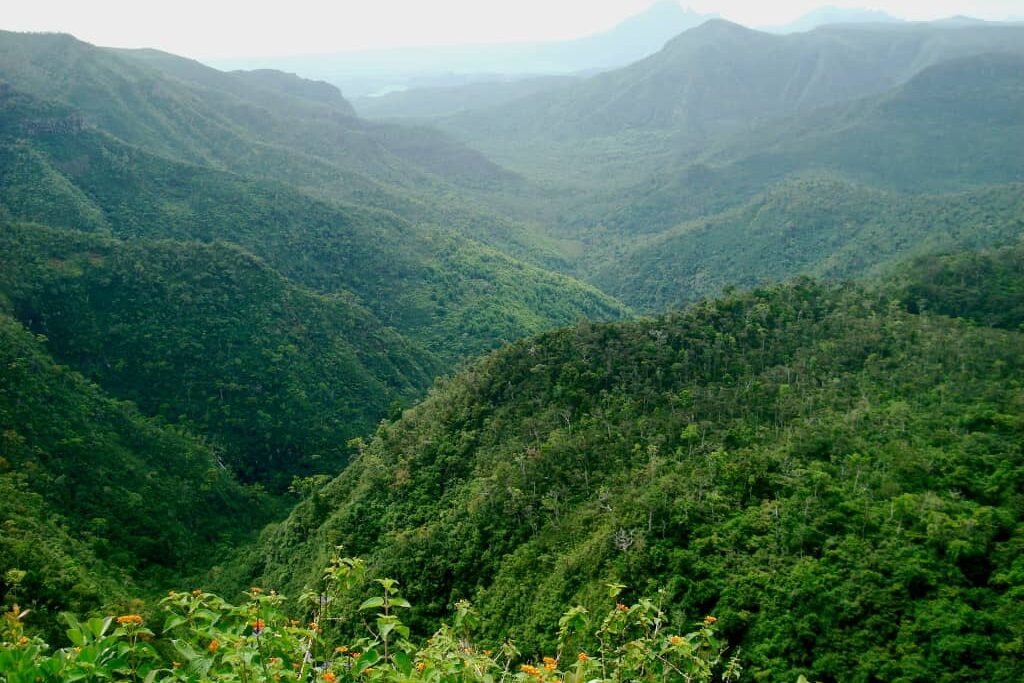
Life on Mauritius today is not the same as it was when dodos roamed, and that’s a huge hurdle. Since the late 1600s, more than 60 % of the island’s native forest has been lost, and invasive rats, macaques, and pigs, partly responsible for the dodo’s extinction still roam around. While parks like Black River Gorges and protected islets are being considered, these areas may not fully support a bird that once thrived across the island. Even if scientists create the bird in a lab, finding a safe, sustainable home poses ethical and ecological questions. Should the revived bird live in large enclosures, or risk reintroduction?
7. Murky Ethics
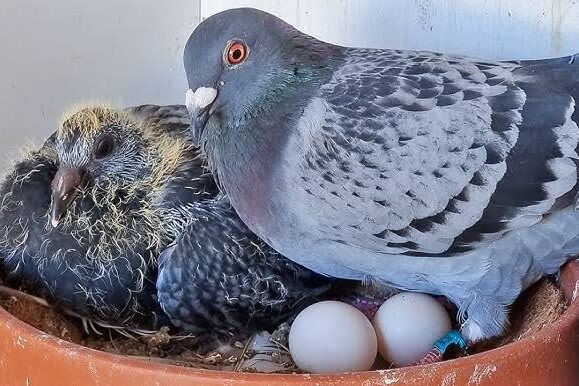
What rights would a proxy dodo have? Critics ask: is it fair to create a creature born into a world it didn’t evolve for? De-extinction requires using surrogate animals, chickens or pigeons to develop eggs, which raises welfare concerns. The bucardo goat clone, for example, died from lung defects shortly after birth, a stark reminder that even when scientists succeed, the results can raise serious animal welfare issues. Philosophers debate whether humans have the right to “play God” with nature, especially when DNA is pieced together from fragments. Public policy scholar Sabrina Imbler describes these as “ethical questions scientists have tried to sidestep”. If the goal is conservation, do we care more about resurrected proxies or saving trillions of living moments for today’s endangered species?
8. Part of a Larger Trend
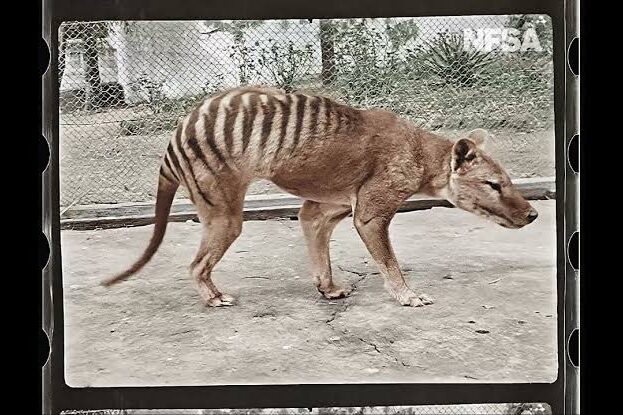
The dodo isn’t the only focus, Colossal and other companies are pursuing woolly mammoths, Tasmanian tigers (thylacines), passenger pigeons, and even giant moas in New Zealand. These high-profile projects aim not just to resurrect species, but to pioneer genetic tools that could benefit living animals like breeding endangered passenger pigeons or boosting elephant immunity. Still, many scientists caution that what’s being created are “genetically edited proxies,” not true species. The foundational DNA is incomplete, and the resulting organisms whether dire wolves or dodos carry a mix of old and new genomes. As Vox notes, “de-extinction raises fundamental questions about conservation priorities… and the risks of scientific progress”.
9. Rethinking “Extinct”
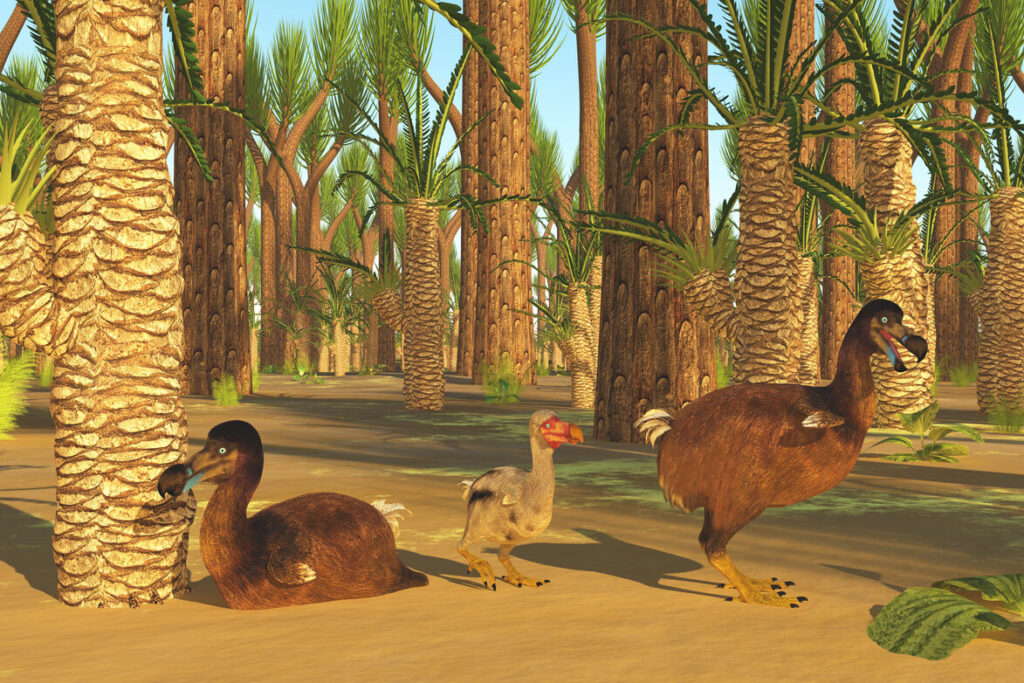
If we can bring back something that looks and acts like a dodo, does it mean extinction can be reversed? Or are we simply manufacturing new creatures with old branding? The concept of extinction becomes blurry when proxies fill ecological roles and spark emotional responses, even if genetically different. This question cuts to the heart of the dodo debate: Are we witnessing the end of extinction’s finality or the dawn of a new era of human-crafted life forms? Either way, it forces us to define what we truly value: the authenticity of a species or the ecological functions and stories it carries. In that sense, the debate itself becomes part of the species’ legacy and maybe that’s a revival of thought worth celebrating.
This story 9 Wild Truths About Bringing the Dodo Back from Extinction, And Why Scientists Are Divided was first published on Daily FETCH


